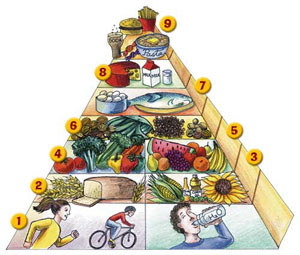Charting the perfect Indian meal
 Rising obesity resulting in lifestyle-related disorders like diabetes and cardio vascular disease (CAVD) among the Asian Indian population has led to the revision of dietary guidelines by the Government of India.
Rising obesity resulting in lifestyle-related disorders like diabetes and cardio vascular disease (CAVD) among the Asian Indian population has led to the revision of dietary guidelines by the Government of India.
The guidelines were last revised by the National Institute of Nutrition (NIN), Hyderabad, in 1998. The new ones were released in the Capital on Friday.
Diabetes Foundation of India, in collaboration with department of science and technology and National Foundation of Diabetes, Obesity and Cholesterol Disorders, formulated the India-specific guidelines to be published in a medical journal to create the necessary awareness.
Broadly established for two Indian regions — north and south, the guidelines will in time be modified to suit the necessities of regional Indian population as well.
A medium frame Indian man of 165 cm height, should weigh 62 kg, and if he were sedentary, would require 1,800 kilocalorie to maintain a healthy weight. A woman of same frame should weigh between 55 and 58 kg and would require 1,600 kilocalorie.
According to the new guidelines, the daily carbohydrate intake should not be more than 50 per cent of the total energy requirement. The total dietary fibre intake should be 20 gm and 40 gm for women and men respectively — one small apple weighing 100 gm gives roughly one gm of fibre.
As far as possible reduce the intake of trans fatty acids available in the form of vanaspati, bakery food products, ready-to-use-soups and gravies, margarine, and food prepared with vanaspati or margarine, the guidelines advise.
Instead, one should encourage use of olive and canola oil and eat nuts like pistachios and almonds, which provide healthy energy.
“We believe application of these guidelines will help in preventing and halting diabetes and obesity epidemic in India,” said Dr Anoop Misra, HoD of diabetes and metabolic diseases, Fortis Hospital, and director, Diabetes Foundation of India.